#palestinian costumes
Text


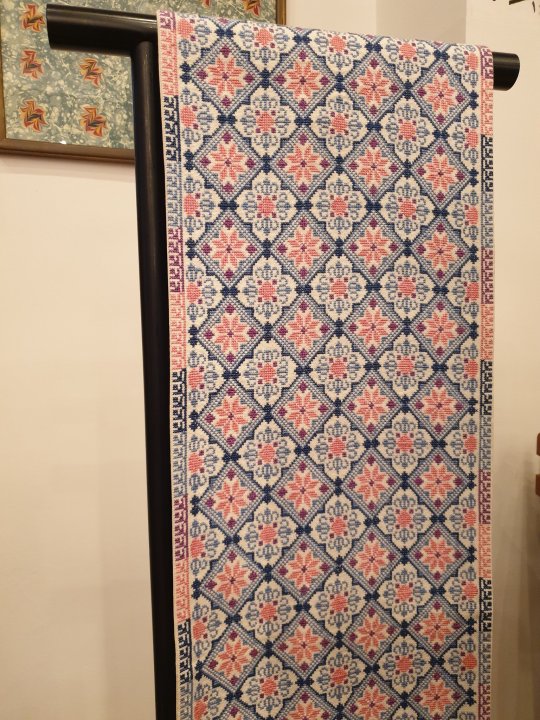

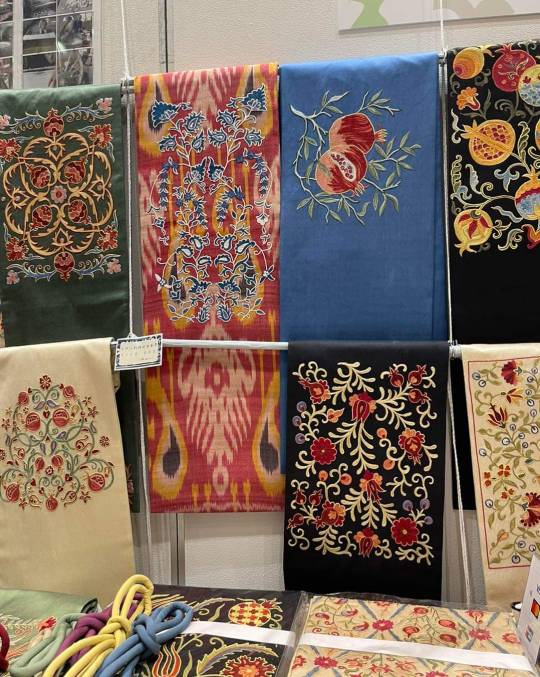
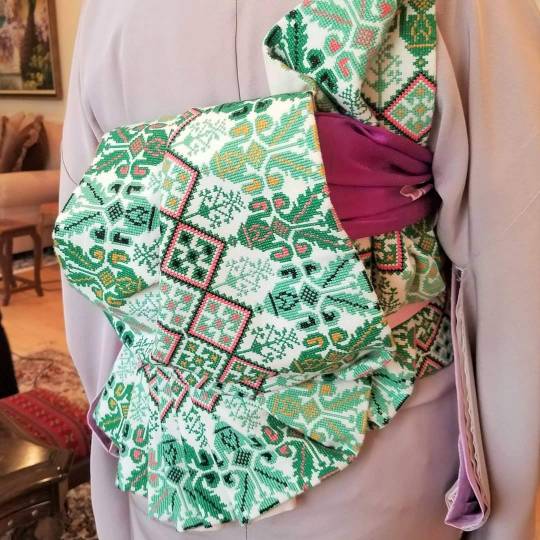
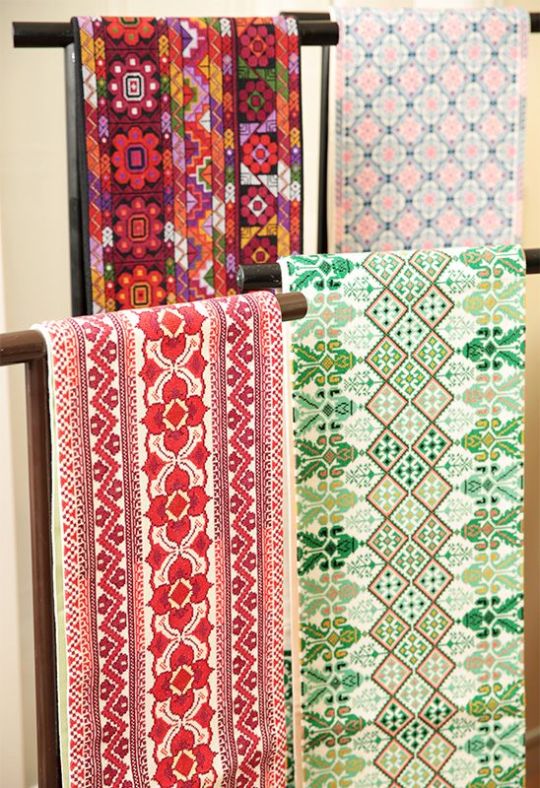
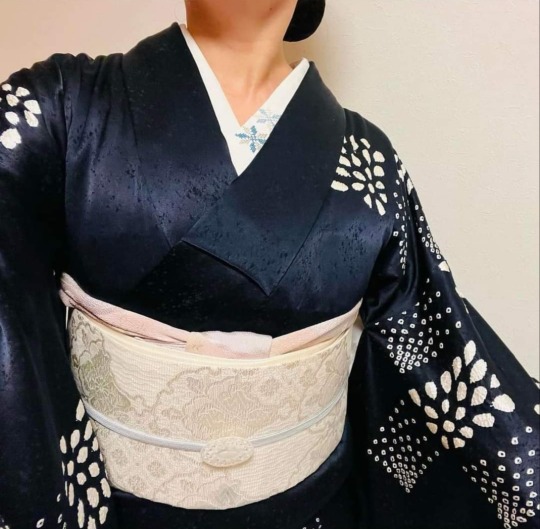
Look at this beautiful project in Japan to design new Kimono models inspired by traditional Palestinian clothes! 🇵🇸
Some of the project's creations were displayed at a charity bazaar in Tokyo and the founder has been very vocal about Palestine, sharing posts in support with fundraising 🇵🇸
This is a very worthy group project, of communion of ideas, talent and cultures. Some kimono collars were embroidered by refugee woman in Ramallah, West Bank.
Check the official page where they sell the costumes and even the embroidery if you want to show support: https://www.facebook.com/100057255738695/posts/pfbid02zweY1AM5n1EciiLSTga6QKo8trE2PgZMaLLHqEJWKSeAMGqtxRMNjKU7FYLV8eLHl/
#palestine#japan#kimono#japanese fashion#palestinians#palestinian women#japanese costumes#support palestine#palestinian fashion#palestinian costumes#japanese costume#free palestine#palestinian workers#fashion#kimonos#embroidery#asian fashion#asian costumes#asian cultures#important
82 notes
·
View notes
Text

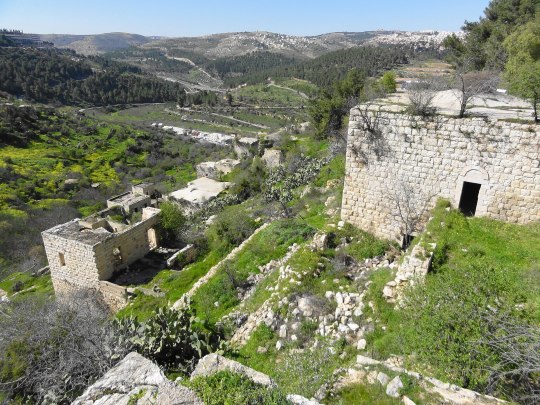
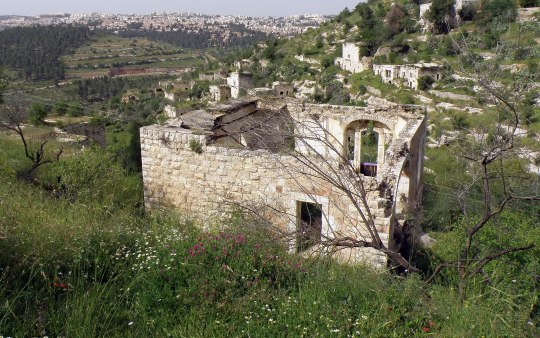

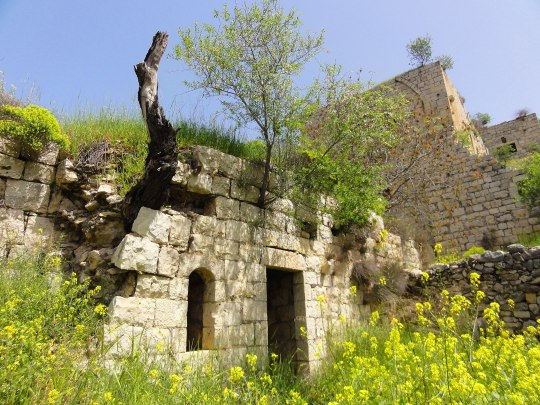
when the homes in the depopulated palestinian village of lifta were originally built is impossible to tell and most likely varies from house to house. the area's been known since ancient times, including having been written about in the hebrew bible. it's retained multiple different names throughout history - lifta by romans, nephto by byzantines, clepsta by crusaders, then lifta again by arabs. in more recent times, the area saw battle in the early 19th century, when it saw a peasant's revolt against egyptian conscription and taxation policies. (egyptian-ottoman ruler muhammad ali had attempted to become independent from the ottoman empire, and sought to use the area of "greater syria" which palestine was apart of as a buffer state.)
the village was predominantly muslim with a mosque, a maqām for local sage shaykh badr, a few shops, a social club, two coffee houses, and an elementary school which opened in 1945. its economy was based in farming - being a village of jerusalem, farmers would sell their produce in the city's markets. an olive press which remains in the village gives evidence to one of the most important crops its residents farmed. the historically wealthy village was known for its intricate embroidery and sewing, particularly of thob ghabani bridal dresses, which attracted buyers from across the levant.
lifta also represents one of the few palestinian villages in which the structures weren't totally or mostly decimated during the 1948 nakba. 60 of the 450 original houses remain intact. from zochrot's entry on lifta:

israel's absentee property law of 1950 permits the state to expropriate land and assets left behind, and denies palestinians the right to return to old homes or to reclaim their property. it's estimated that there's around 400,000 descendants of the village's original refugee population dispersed in east jerusalem, the west bank, jordan, and the palestinian diaspora.
like many depopulated palestinian houses, some of those in lifta were initially used to settle predominantly mizrahi immigrants and refugees, in this case 300 jewish families from yemen and kurdistan. the houses weren't registered in their names, and the area generally saw poor infrastructure and no resources including water and electricity provided by the government. most left in the early 1970s as a part of a compensation program to move out people who'd been settled in depopulated palestinian houses - if they didn't, they were referred to as "squatters" and evicted. (holes were even drilled in the roofs of evacuated buildings to make them less habitable). the 13 families which remain there today only managed to do so because they lived close to the edge of the village.
in 1987, the israeli nature reserves authority planned to restore the "long-abandoned village" and turn it into a natural history center which would "stress the jewish roots of the site", but nothing came of it. several more government proposals on what to do with the land had been brought up since then. this culminated in in 2021 when the israel land administration announced without informing the jerusalem municipal authorities that it issued a tender for the construction of a luxury neighborhood on the village's ruins, consisting of 259 villas, a hotel, and a mall. since 2023, they've agreed to shelve and "rethink" these plans after widespread objection.
the reasons for the objections varied significantly between the opposing israeli politicians - who see the village as an exemplar of cultural heritage and "frozen in time" model of palestinian villages before 1948 - and palestinians - who largely see the village as a witness of the nakba and a symbol of hope for their return. lifta is currently listed by unesco as a potential world heritage site, a designation netanyahu has threatened to remove several times.
many palestinians who are descendent from its former residents still live nearby. like with many other depopulated palestinian villages, they've never ceased to visit, organize tours of the village, and advocate for its preservation.
#palestine#info#nakba#my posts#the dresses link isnt specific to lifta thobs but provides a good overview#i couldn't find anything online abt lifta's embroidery but some of the book pdfs on palestinian costume i reblogged a while ago have info
381 notes
·
View notes
Photo

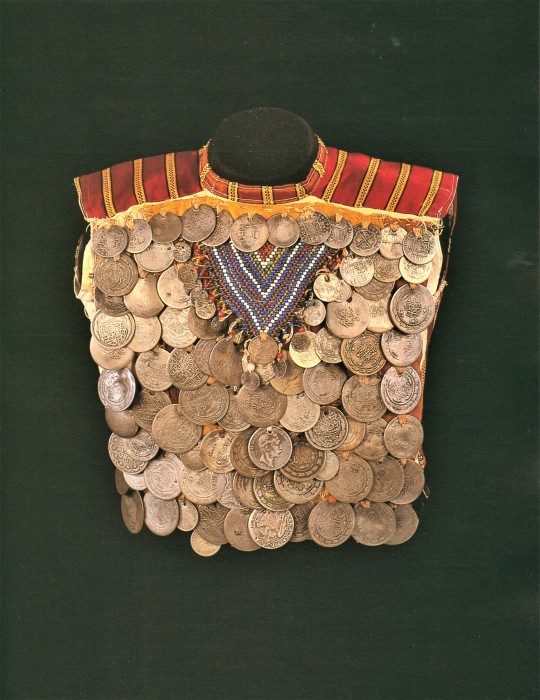

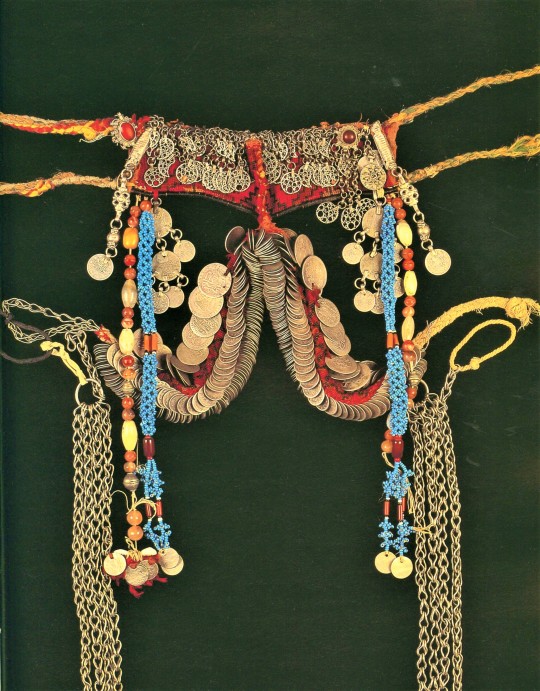


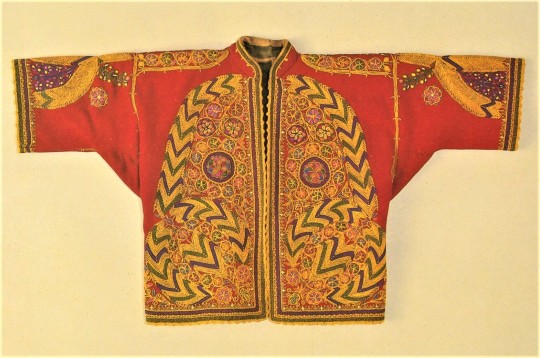
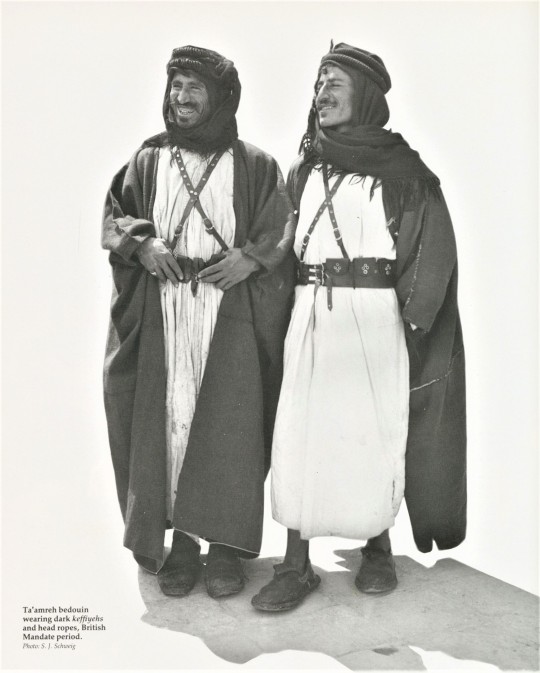
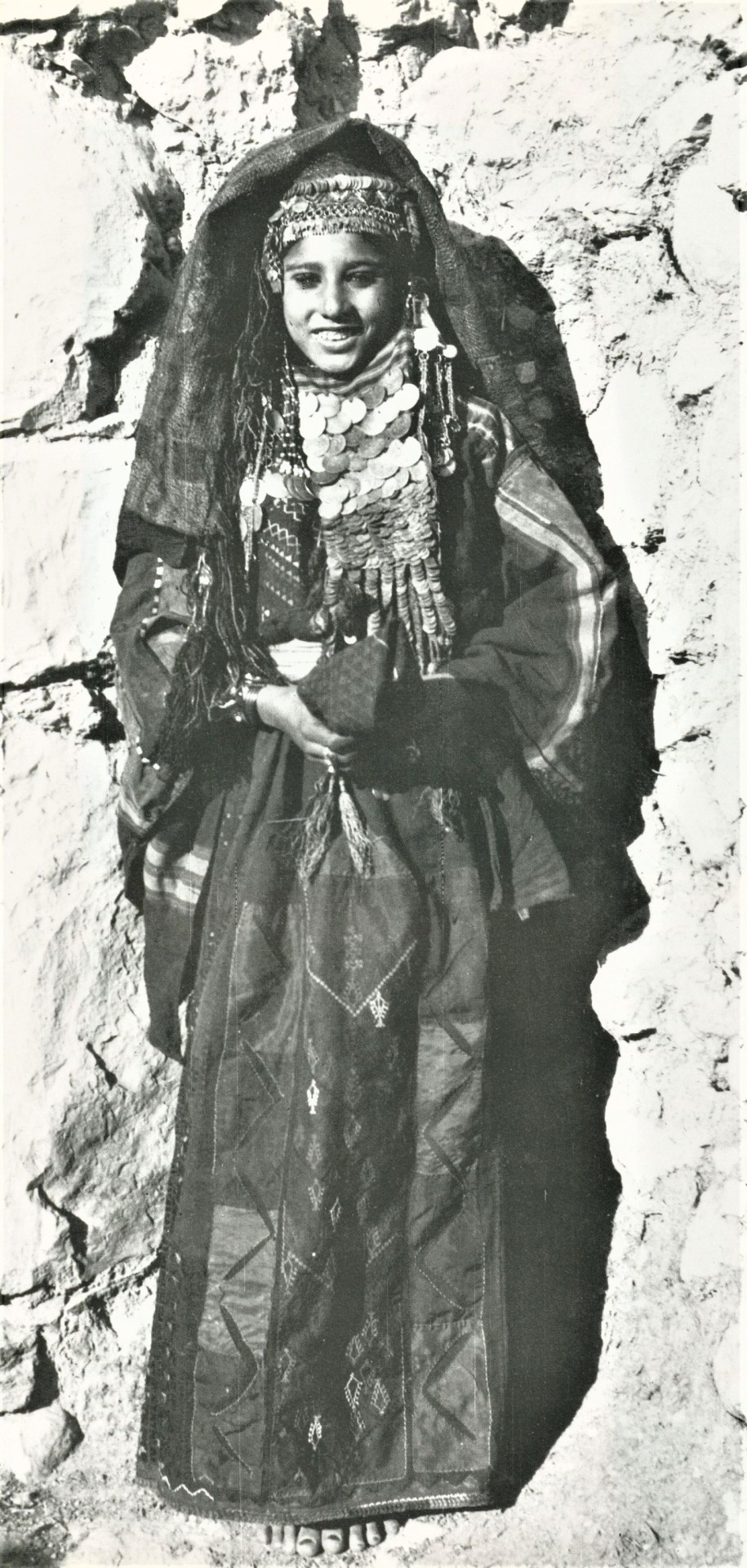

Fashion Friday
We’re highlighting traditional Palestinian garb this week, with illustrations from Palestinian Costume by the esteemed scholar of Palestinian costume, textiles, and embroidery, Shelagh Weir. Published by British Museum Publications of London in 1989, the book is the product of over twenty years of field research conducted by Weir as curator of Middle East Ethnography for the Museum of Mankind (British Museum). Weir pays special attention to the way costume acts as a sort of social language and pairs this linguistic reading of dress with an analysis of Palestinian wedding songs. It was designed by award-winning book designer Roger Davies and printed in Milan, Italy by Amilcare Pizzi, S.p.A.
Amilcare Pizzi (1891-1974) was an Italian footballer, typographer, and publisher who used his first paycheck from A.C. Milan to purchase a printing press in 1914. In 1933, Amilcare Pizzi became the first company in Italy to employ offset printing. Their factories were completely razed by Allied bombing in 1943, but Pizzi rebuilt and established an international reputation for fine art printing, working for institutions like the Metropolitan Museum of Art, the National Gallery, and the British Museum. The company’s own imprint, Silvana Editorale, publishes primarily exhibition catalogs and fine art monographs.
View photo captions (taken from the publication and edited for length) for more information about the images.
View more Fashion Friday posts here.
-Olivia, Special Collections Graduate Intern
#Fashion Friday#Palestinian Costume#Shelagh Weir#British Museum#Museum of Mankind#Palestine#Palestinian History#Textiles#Embroidery#Roger Davies#Amilcare Pizzi#Silvana Editorale#costume design#olivia
315 notes
·
View notes
Text
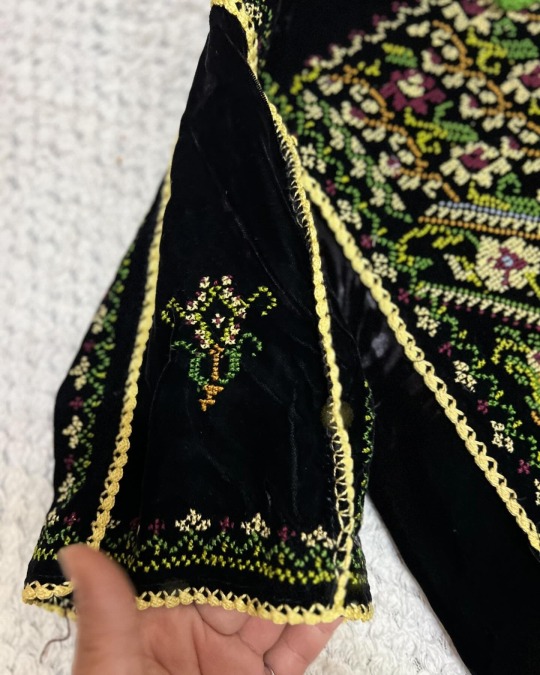


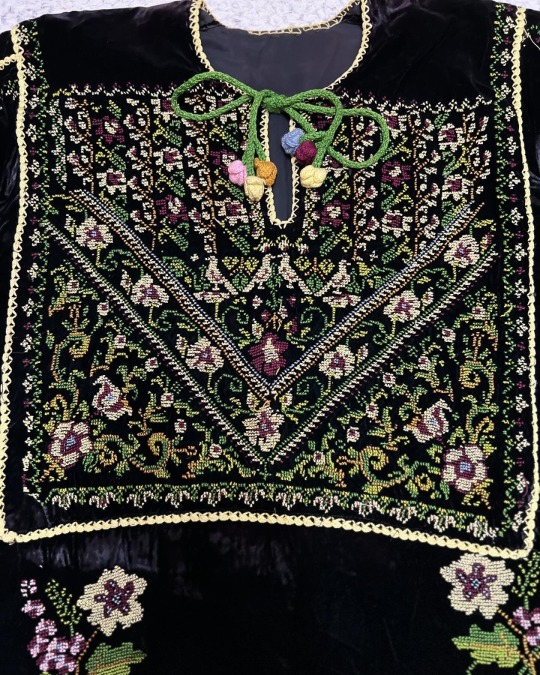
Old dress with embroidery, Palestine.
Source: old_palestinian_embroidery (inst.)
2 notes
·
View notes
Text

8 notes
·
View notes
Text

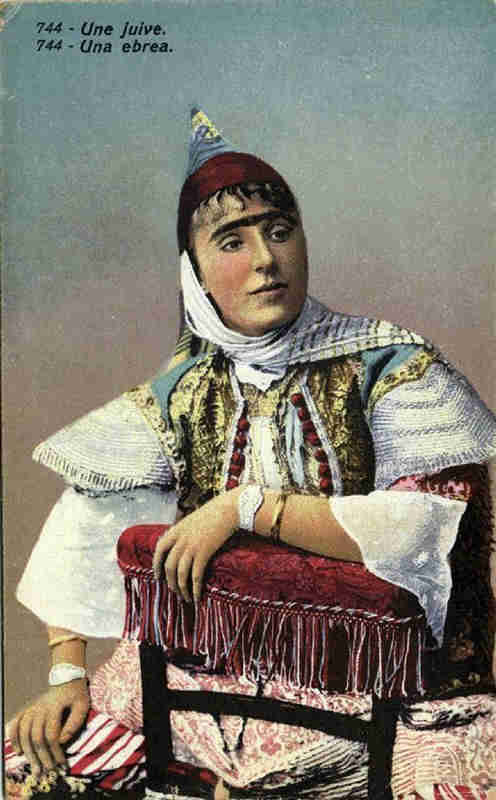
Women from: Bethlehem & Jewish - in costumes.
#Jewish#Bethlehem#Palestinian#kartka#post card#pocztówka#woman#Frau#kobieta#mujer#mujeres#costumes#clothes#ubiory#stroje
1 note
·
View note
Text
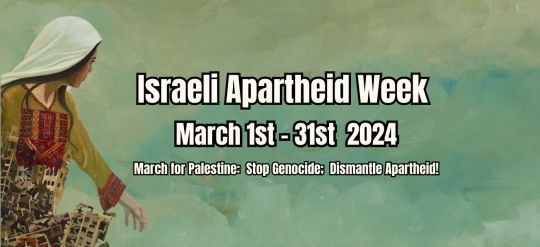
🇵🇸 From BDS:
This year’s Israeli Apartheid Week will be the most important since IAW was launched 20 years ago! With the ongoing Nakba at its height, Israel is carrying out the world’s first ever live-streamed genocide against 2.3 million Palestinians in Gaza while it continues to entrench its 75-year-old settler-colonial apartheid regime against all Indigenous Palestinians.
Over the past few months, people around the world have carried out inspiring actions building people power to end state, corporate and institutional complicity in Israel’s #GazaGenocide and contribute to the Palestinian struggle for freedom, justice, and equality. With the failure of the international system, under US and Western hegemony, on full display, we will organize IAW throughout the month of March to bring justice from below.
Save the date - March 1st - March 30th; an entire month of action and BDS mobilizations to end complicity in genocide, build grassroots power towards liberation and the dismantling of Israel’s settler-colonial apartheid regime. Let’s make this year’s IAW our most impactful ever!
In anticipation of the upcoming Israeli Apartheid Week, BDS has called for an escalation of our boycott campaigns.
To find out how you can join a specific BDS campaign, or how you can contribute towards IAW, you can use the search function on their website to find a BDS-affiliated organization in your country.
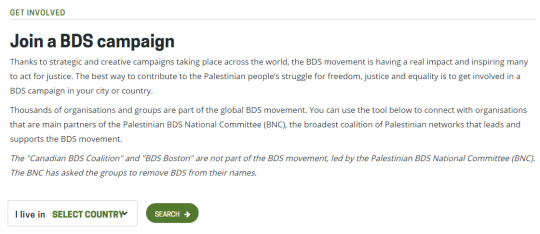
If you and your organization have an event planned for Israeli Apartheid Week (IAW), you can register them with BDS here.
🇵🇸 For individuals unaffiliated with an org, you can still support and participate in IAW by:
Boycotting all products from Israel and from companies profiting off the occupation of Palestine. Here are the official BDS targets. For a more extensive list of products, check in with one of the BDS affiliated organizations in your country (they might tell you, for instance, what processed food items at your local grocery store should be avoided).
Share information about BDS on social media, with friends and family, and with your local community.
For BDS targeted brands, refrain from making or sharing any content that helps that company's outreach and branding. No more memes mentioning the brand, no pictures showing their logo, no more free advertising. Boycotting here isn't just about the loss you as a costumer can inflict on the company by not purchasing their product, it's also about damaging the brand's reputation, and limiting their customer outreach.
I highly encourage you to join a BDS-affiliated org, but if for whatever reason you can't, then these are concrete and actionable steps you can take.
Again, for more information about BDS and Israeli Apartheid Week, you check in with the official BDS website.
#free palestine#palestine#israel#gaza#bds#boycott divest sanction#i'll set this up to be queued throughout feb/mar#and i'll also be sharing more BDS info/campaigns on this blog
10K notes
·
View notes
Text
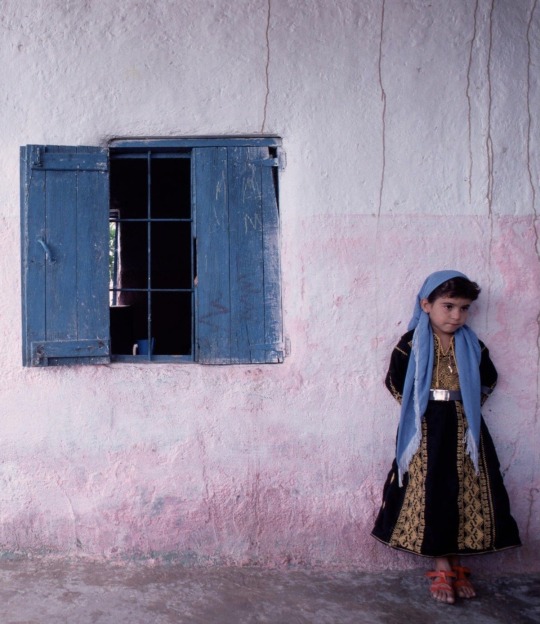
“Little girl in traditional costume in a Palestinian refugee camp, November 1986 in Aqabat Jaber in the West Bank.”
Photographed by Eric Bouvet.
6K notes
·
View notes
Text
Palestine Masterlist
Introduction to Palestine:
Decolonize Palestine:
Palestine 101
Rainbow washing
Frequently asked questions
Myths
IMEU (Institute for Middle East Understanding):
Quick Facts - The Palestinian Nakba
The Nakba and Palestinian Refugees
The Gaza Strip
The Palestinian catastrophe (Al-Nakba)
Al-Nakba (documentary)
The Hundred Years’ War on Palestine: A History of Settler Colonialism and Resistance, 1917-2017 (book)
The Ethnic Cleansing of Palestine (book)
Nakba Day: What happened in Palestine in 1948? (Article)
The Nakba did not start or end in 1948 (Article)
Donations and charities:
Al-Shabaka
Electronic Intifada
Adalah Justice Project
IMEU Fundraiser
Medical Aid for Palestinians
Palestine Children’s Relief Fund
Addameer
Muslim Aid
Palestine Red Crescent
Gaza Mutual Aid Patreon
Books:
A New Critical Approach to the History of Palestine
The Idea of Israel: A History of Power and Knowledge
Hidden Histories: Palestine and the Eastern Mediterranean
The Balfour Declaration: Empire, the Mandate and Resistance in Palestine
Queer Palestine and the Empire of Critique
From Haven to Conquest: Readings in Zionism and the Palestine Problem until 1948
Captive Revolution - Palestinian Women's Anti-Colonial Struggle within the Israeli Prison System
Palestine: A Four Thousand Year History
Except for Palestine: The Limits of Progressive Politics
Before Their Diaspora: A Photographic History of The Palestinians 1876-1948
The Battle for Justice in Palestine Paperback
Uncivil Rites: Palestine and the Limits of Academic Freedom
Palestine Rising: How I survived the 1948 Deir Yasin Massacre
The Transformation of Palestine: Essays on the Origin and Development of the Arab-Israeli Conflict
A Land Without a People: Israel, Transfer, and the Palestinians 1949-1996
The Iron Cage: The Story of the Palestinian Struggle for Statehood
A History of Modern Palestine: One Land, Two Peoples
Where Now for Palestine?: The Demise of the Two-State Solution
Terrorist Assemblages - Homonationalism in Queer Times
Militarization and Violence against Women in Conflict Zones in the Middle East
The one-state solution: A breakthrough for peace in the Israeli-Palestinian deadlock
The Persistence of the Palestinian Question: Essays on Zionism and the Palestinians
Fateful Triangle: The United States, Israel and the Palestinians
The False Prophets of Peace: Liberal Zionism and the Struggle for Palestine
Ten myths about Israel
Blaming the Victims: Spurious Scholarship and the Palestinian Question
Israel and its Palestinian Citizens - Ethnic Privileges in the Jewish State
Palestinians in Israel: Segregation, Discrimination and Democracy
Greater than the Sum of Our Parts: Feminism, Inter/Nationalism, and Palestine
Palestine Hijacked
Palestinian Culture:
Mountain against the Sea: Essays on Palestinian Society and Culture
Palestinian Costume
Traditional Palestinian Costume: Origins and Evolution
Tatreez & Tea: Embroidery and Storytelling in the Palestinian Diaspora
Embroidering Identities: A Century of Palestinian Clothing (Oriental Institute Museum Publications)
The Palestinian Table (Authentic Palestinian Recipes)
Falastin: A Cookbook
Palestine on a Plate: Memories from My Mother's Kitchen
Palestinian Social Customs and Traditions
Palestinian Culture before the Nakba
Tatreez & Tea (Website)
The Traditional Clothing of Palestine
The Palestinian thobe: A creative expression of national identity
Embroidering Identities:A Century of Palestinian Clothing
Palestine Traditional Costumes
Palestine Family
Palestinian Costume
Encyclopedia of World Dress and Fashion, v5: Volume 5: Central and Southwest Asia
Tent Work in Palestine: A Record of Discovery and Adventure
Documentaries, Films, and Video Essays:
Jenin, Jenin
Born in Gaza
GAZA
Wedding in Galilee
Omar
5 Broken Cameras
OBAIDA
Indigeneity, Indigenous Liberation, and Settler Colonialism (not entirely about Palestine, but an important watch for indigenous struggles worldwide - including Palestine)
Edward Said - Reflections on Exile and Other Essays
Palestine Remix:
AL NAKBA
Gaza Lives On
Gaza we are coming
Lost cities of Palestine
Stories from the Intifada
Last Shepherds of the Valley
Voices from Gaza
Muhammad Smiry
Najla Shawa
Nour Naim
Wael Al dahdouh
Motaz Azaiza
Ghassan Abu Sitta
Refaat Alareer (murdered by Israel - 12/7/2023. Inna lillahi wa inna ilayhi raji'un)
Plestia Alaqad
Bisan Owda
Ebrahem Ateef
Mohammed Zaanoun
Doaa Mohammad
Hind Khoudary
Palestinian Voices, Organizations, and News
Boycott Divest and Sanction (BDS)
Defense for Children in Palestine
Palestine Legal
Palestine Action
Palestine Action US
United Nations relief and works for Palestinian refugees in the Middle East (UNRWA)
National Students for Justice in Palestine (SJP)
Times of Gaza
Middle East Eye
Middle East Monitor
Mohammed El-Kurd
Muna El-Kurd
Electronic Intifada
Dr. Yara Hawari
Mariam Barghouti
Omar Ghraieb
Steven Salaita
Noura Erakat
The Palestinian Museum N.G.
Palestine Museum US
Artists for Palestine UK
Eye on Palestine
#Palestine#free palestine#palestine masterlist#apartheid#settler colonialism#links#donation post#BDS#Middle East#Palestinian liberation#palestinian culture#long post#resources#dcip#gaza
50K notes
·
View notes
Text
i don't really know how to even articulate how painful it is to look at photos like these
(settlers celebrating purim in occupied west bank with police and soldiers. several of them dressed as a man who killed 29 palestinians three decades ago. they idolize this figure as a hero of their genocidal movement)
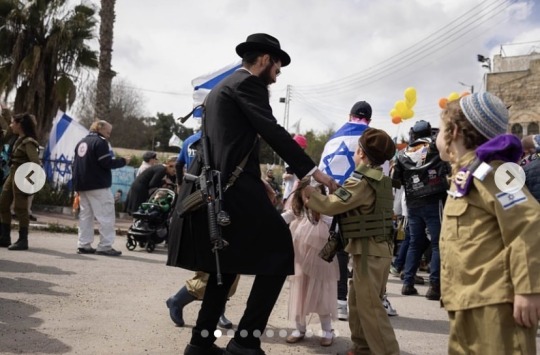

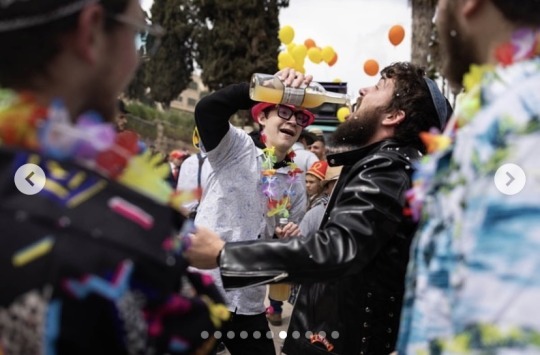
for anyone unaware, purim is a jewish holiday commemorating a time when we escaped imminent genocide by fighting back against our oppressors. violent resistance was involved. violent resistance was successful. purim is a holiday that celebrates freedom, resistance, and liberation.
tradition around purim often involves dressing up in costume. when i was little, the girls all wanted to be esther. the boys would be mordechai. purim is fun. fond memories of babies in little animal onesies. of making and eating hamentaschen. of booing hamans name and laughing together.
when i see these genocidal zionists dressing up and drinking and having fun like this it reminds me of the ways i've celebrated purim in the past. and it makes me so extremely angry. what right do you have to celebrate jewish resistance and liberation? what right do you have to parade your weapons around and walk on stolen palestinian land and celebrate?
zionists fancy themselves esther but they are no less than haman himself. groggers should be used to curse their names.
while gazan hospitals are being bombed and raided they celebrate with my customs and my holidays. and it makes me so angry
4K notes
·
View notes
Text


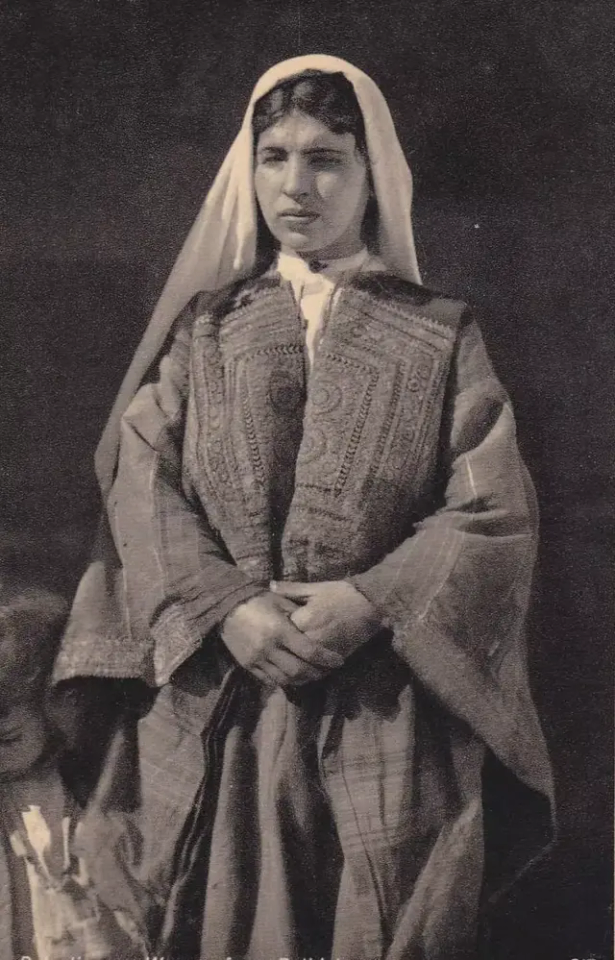
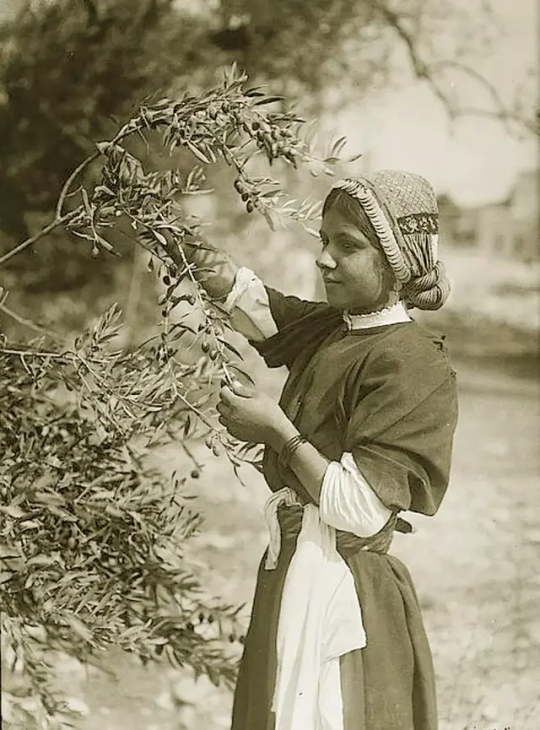

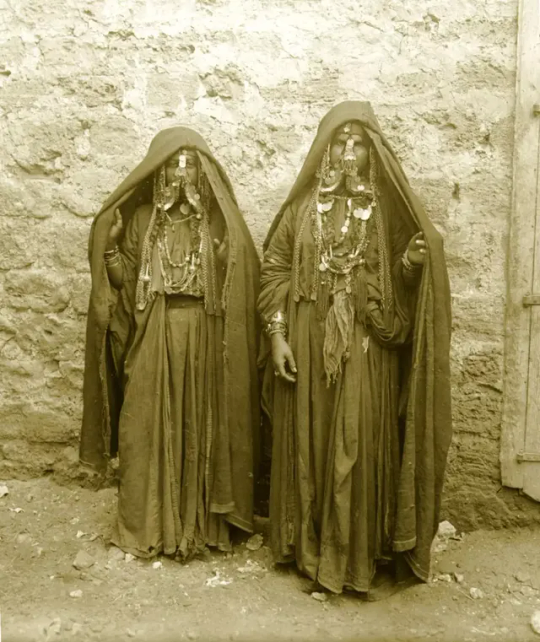
some examples of palestinian women's dress c.1900-1920s, primarily ramallah and bethlehem. sourced from palestine remembered.
captions t-b, l-r:
ramallah women in traditional costume, c.1920s
woman from bethlehem, 1927
woman from bethlehem, c.1900-1910s
woman picking olives from tree, ramallah area, early 20th century
ramallah woman at gate, early 20th century
two bedouin women from beersheba-gaza-jaffa region, early 20th century
5K notes
·
View notes
Text



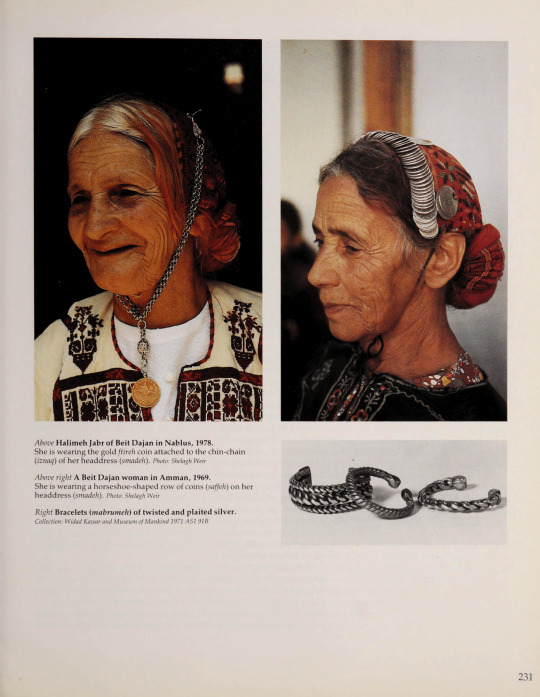
300 page book from 1989 about palestinian costume archive.org/details/palestiniancostu0000weir
5K notes
·
View notes
Text

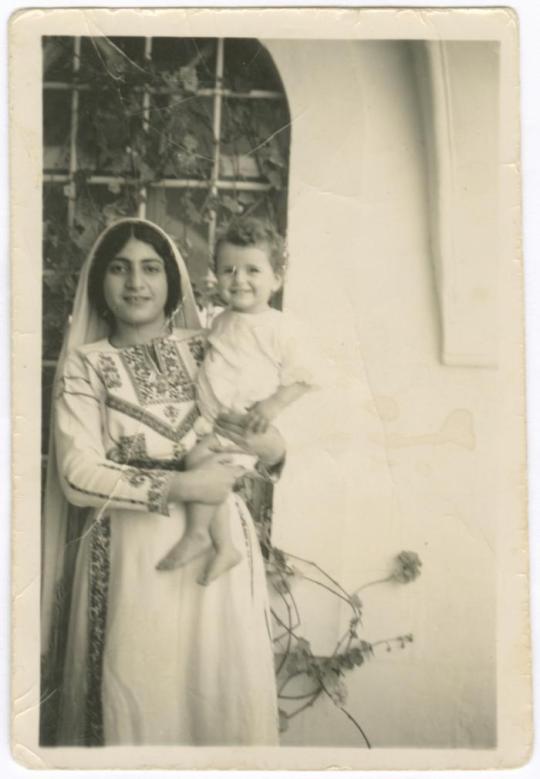


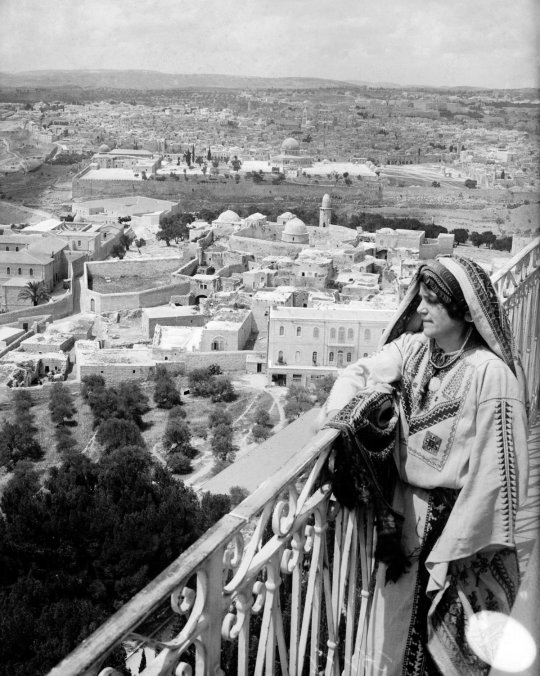
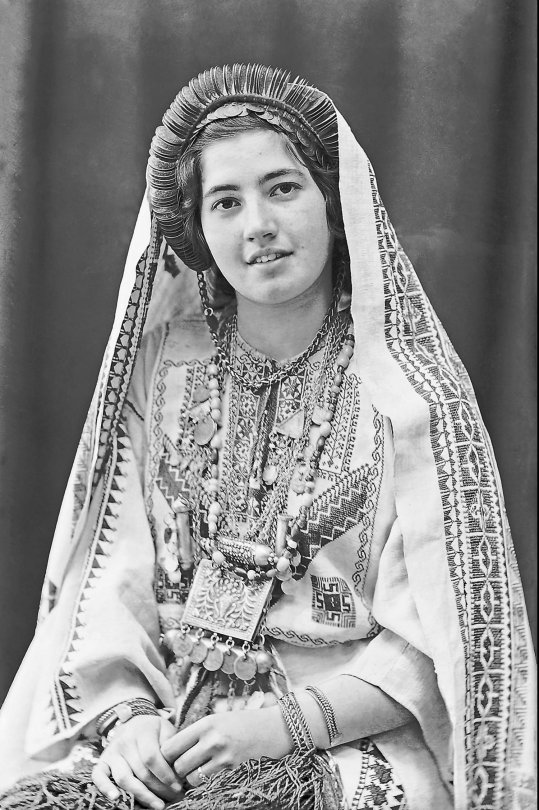

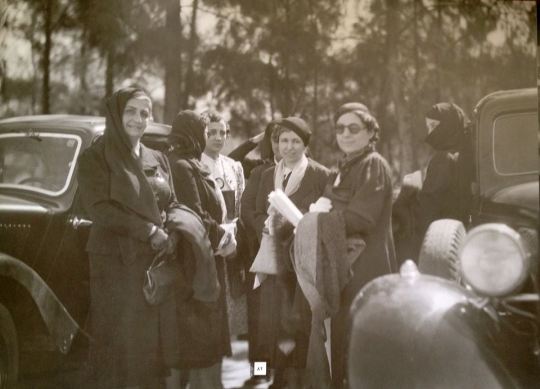
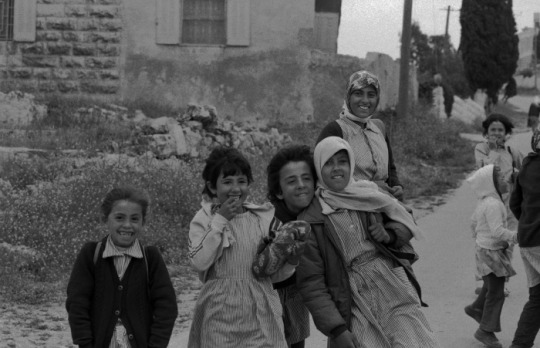

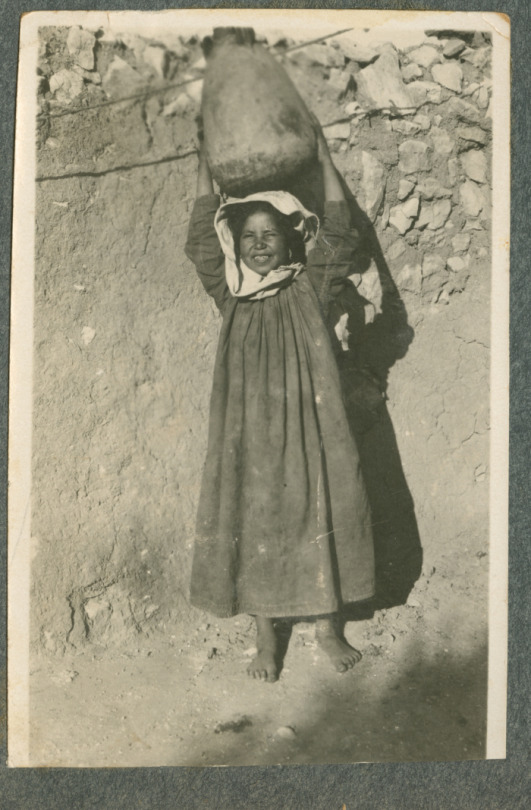


Moments from Palestine across generations and communities
(1) A Bedouin woman smiles in Jerusalem (1898-1914)
(2) Asma Aranki Holding a Child from Her Family at Their House, Birzeit (1948)
(3) Bedouin girls in Jericho (1918)
(4) An extended Palestinian family gathers in front of their house in the village of Beit Sahur, near Bethlehem (1918–35)
(5) From the Mount of Olives, a young woman looks out over eastern Jerusalem (1929)
(6) Ruth Raad, daughter of photographer Khalil Raad, in the traditional costume of Ramallah (1939)
(7) Standing in his neatly ironed shirt and shorts, George Sawabin poses for a studio photo (1942)
(8) Katingo Hanania Deeb, prepares to demonstrate in the 1936-1939 Arab Revolt -- which was a nationalist uprising by Palestinian Arabs against British colonial rule in relation to Palestinian independence and the land acquisition and pushout as a result of the mass Jewish immigration (1936)
(9) Young children walking home from school Beit Deqqo Village, the Occupied Palestinian West Bank, 1987
(10) Four young girls decorating vases in a ceramic workshop in Nablus (1920)
(11) A young Palestinian girl squints and smiles as she holds a jar on her head (1920-1950)
(12) The ancient craft of a Palestinian potter (1918-35)
(13) The mothers of Palestinian detainees' protest in Jerusalem (1987)
Source(s): The British Mandate Jerusalemites (BMJ) Photo Library, Palestinian Museum Digital Archives, The Jerusalem Story + Khalil Raad
Please support, share, cite, and (if financially able) fund these organizations and public storytellers for their rebellious histories and community work!
#decolonization#our world#our history is your history#people#free palestine#palestine#indigenous rights#art of making#and manifesting#history is not neutral#futurepast
4K notes
·
View notes
Text

💟 solidarity from the peoples of brazil to the people of palestine—
last year, @fairuzfan suggested that people make art in support of palestine. i planned something that was supposed to be posted on the last strike, but it took me longer than expected.
it's finished now! this is in solidarity with palestinians, including palestinian-brazilians, who have been working tirelessly for justice in brazil as well.
i chose to highlight aspects of the land that are important to palestinians and the palestinian cause: the olive trees, jaffa oranges, the figs, poppies, faqqua irises and the palestinian mountain gazelle. the figure of the woman itself is wearing the traditional thobe and headwear of ramallah, which i found! so beautiful!
for the brazilian figure i asked my grandma what she used to wear and what our family used to plant decades ago, when she lived in the northeastern countryside (she is way more familiarised with the land than me). had some help from friends of the region as well, so i drew a jaguar, manioc roots, corn, cashews, sweet potatoes, a carnaúba palm tree and mandacaru flowers.
some of those, such as manioc roots and mandacaru cacti, remind me of resilience and the sustaining of life in difficult times, and what they may allow to flourish and to go on:
vida e não apenas sobrevida. that is, "life and not only survival!"
may palestine and it's people live! live free from every form of oppression that allowed this genocide, this nakba to take place.
inspirations & sources bellow the cut.
inspired by the art of sliman mansour and dana barqawi, as well as palipunk & orangeblossombitch @ tumblr and nadasink @ instagram.


the books recommended by @palipunk (much thanks to you for making them available)
♥️ palestinian costume por jehan rajab
♥️ palestinian costume por shelagh weir
♥️ traditional palestinian embroidery and jewelry por abed al-samih abu omar
al-jazeera documentary about the preservation of palestinian thobes (i do not understand arabic yet but! it allowed me to have a closer look at the coins and headwear):
youtube
sites about tatreez
♥️ https://www.folkglory.com/ (i based the chest pannel on this item from their shop here.)
♥️ https://www.tatreezandtea.com/
♥️ https://tirazain.com/archive
and the palestinian museum digital archive!
♥️ https://palarchive.org/
#palestine#free palestine#strike for palestine#full color#original#marion draws a thing#@troopingfairy is my main in case this seems sudden; i have been keeping up with what's happening in palestine for a while now
2K notes
·
View notes
Text
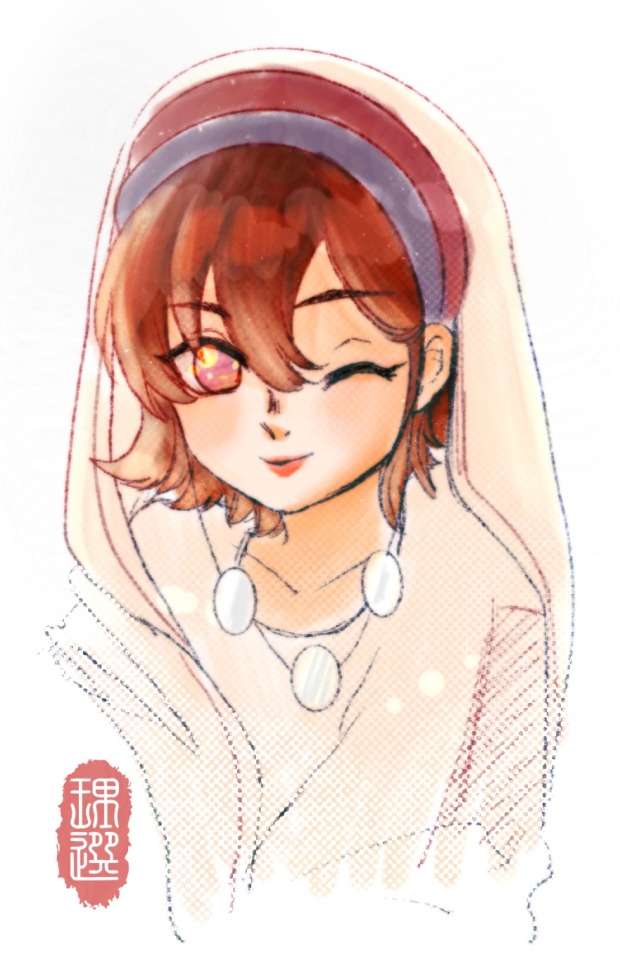
2 notes
·
View notes
Text
Not to say don't use the book because it does have valuable information but the way weir is taken as a "leading expert" in "Palestinian costume" when her writing is just so sterile and academic is one of the ways that museums and academia manufacture consent for genocide by implying that people have already been erased and long gone. No actually she is not a leading expert, Palestinian women who practice tatreez are the experts and its so weird to me that this random person is considered a LEADING expert on my culture lol.
Here's a list of books and resources from tatreez and tea if you want to learn about history of tatreez. These include Palestinian and nonPalestinian sources, though, and weir is inevitably on this list because of how valuable her book is.
Would especially recommend Wafa Ghnaim's (the owner of tatreez and tea) book because she does a great job of narrating history that we need to see more of in academia:
709 notes
·
View notes